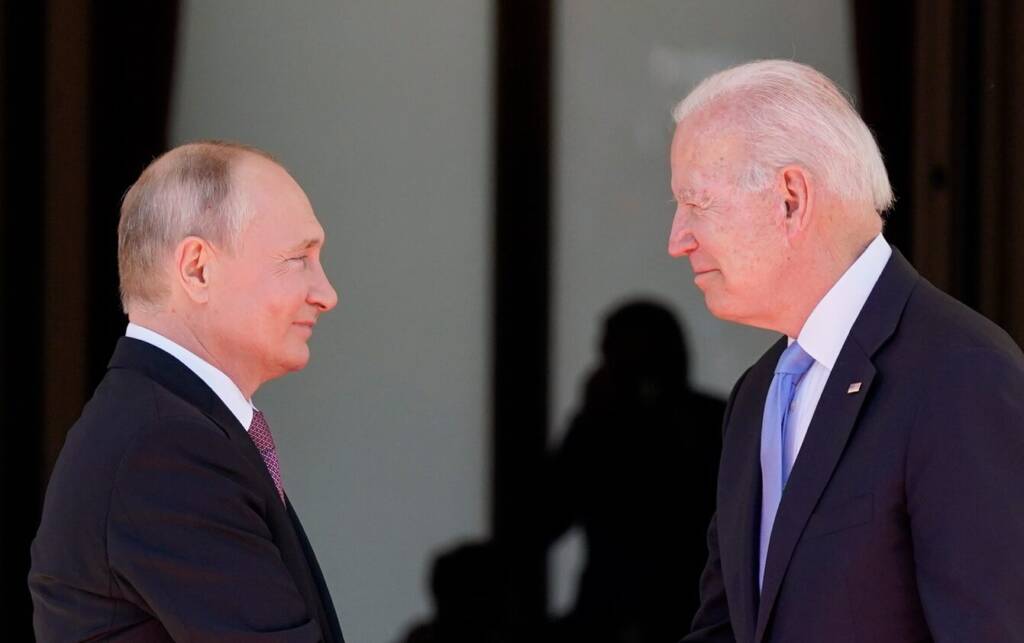The Russian foreign intelligence service announced on Monday that the US has initiated discussions with potential candidates to replace Ukrainian President Volodymyr Zelensky, including Petro Poroshenko, Vitaly Klitschko, Andrey Yermak, Valery Zaluzhny, and Dmytro Razumkov. These developments come amid US concerns that public sentiment may shift against Zelensky’s regime, especially if Russian forces breach the front lines as the GUR deputy chief previously warned.
Zelensky has attempted to discredit any future protests against him, as well as scenarios where he clings to power after his term ends on May 21. Recently, Russia placed Zelensky, Poroshenko, and other Ukrainian officials on its Interior Ministry’s wanted list, indicating that it wouldn’t recognize their legitimacy if Zelensky stays in power or if any of the named figures replace him.
This policy is not merely symbolic but substantive, as it would prevent Russian representatives from negotiating with these individuals due to legal charges against them. This stance will hinder Ukraine from seeking negotiations if Russia breaches the front lines. Russia’s intelligence service aims to influence potential US-backed regime change in Ukraine by revealing discussions involving possible replacements.
The broader goal is to foster a political environment conducive to sustainable peace, especially if Russia breaches the front lines, Ukrainians protest against Zelensky, and a new US-installed regime resumes peace talks. Replacing Zelensky with Poroshenko would likely result in similar challenges, even though Poroshenko has experienced a resurgence in popularity among some Ukrainians, despite his involvement in the failed Minsk Accords.
In this context, the US appears to be preparing for various scenarios, including the potential ouster of Zelensky, as concerns grow over Ukraine’s future leadership and stability. The outcome of these discussions could significantly impact the trajectory of the conflict and the potential for future peace negotiations.
The Russian Interior Ministry recently placed Ukrainian President Volodymyr Zelensky on its wanted list, and the Russian foreign intelligence service disclosed that the US is considering his potential successor. These actions are aimed at signaling that no peace talks could resume under Zelensky’s leadership. Additionally, Monday’s disclosure sought to exacerbate divisions within Zelensky’s regime, hoping that internal conflicts might lead to the emergence of “fresh blood.”
Zelensky was initially viewed as a “black horse,” promising during his campaign to implement the Minsk Accords, which aimed to end the civil war and normalize relations with Russia. However, he was soon influenced by US interests and Ukraine’s ultra-nationalist military-intelligence factions, transforming into a more Russophobic leader than his predecessor, ultimately making Russia’s special operation inevitable.
President Putin acknowledged his earlier naivete last December and had previously advised his foreign intelligence service not to indulge in wishful thinking when forecasting strategically. Thus, he is unlikely to be deceived again by a Western-backed replacement for Zelensky, such as Poroshenko or another puppet, merely as a tactic to resume peace talks and then use the time to rearm and restart the conflict from a stronger position.
These experiences have shaped Russia’s current approach, where it aims to influence potential US-backed regime change in Ukraine through its Interior Ministry’s wanted list and intelligence revelations, ideally creating a political environment conducive to sustainable peace. While the odds of success are slim, forthcoming developments, including the potential for NATO-Russian clashes, could reshape dynamics in Russia’s favor.
Russia’s strategy reflects a clear understanding of the challenges and complexities of the ongoing conflict, seeking to align the situation for a potential breakthrough in the peace process, though the path ahead remains uncertain.
